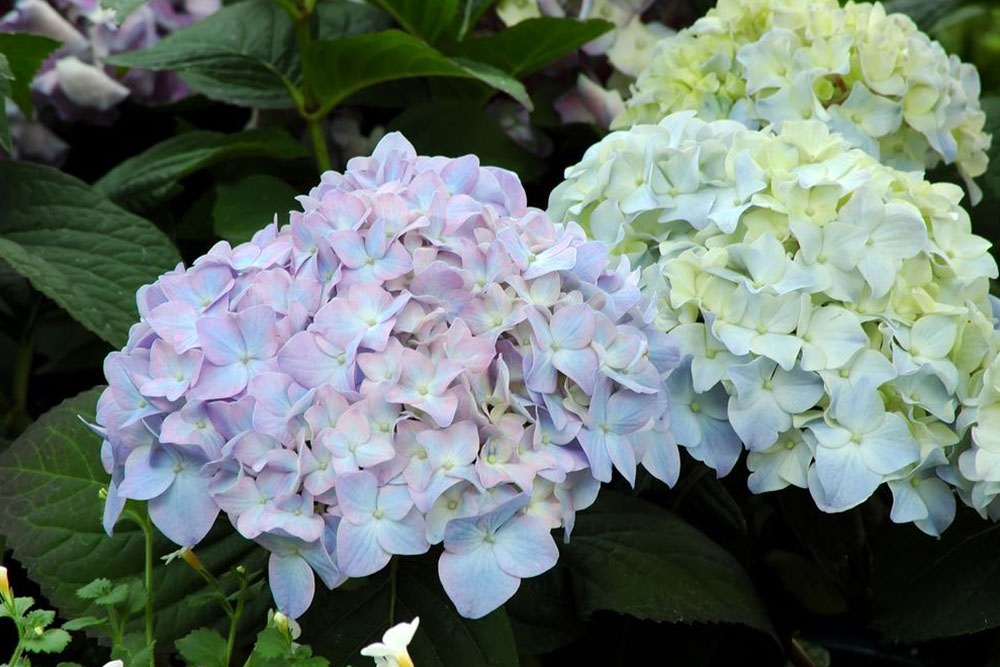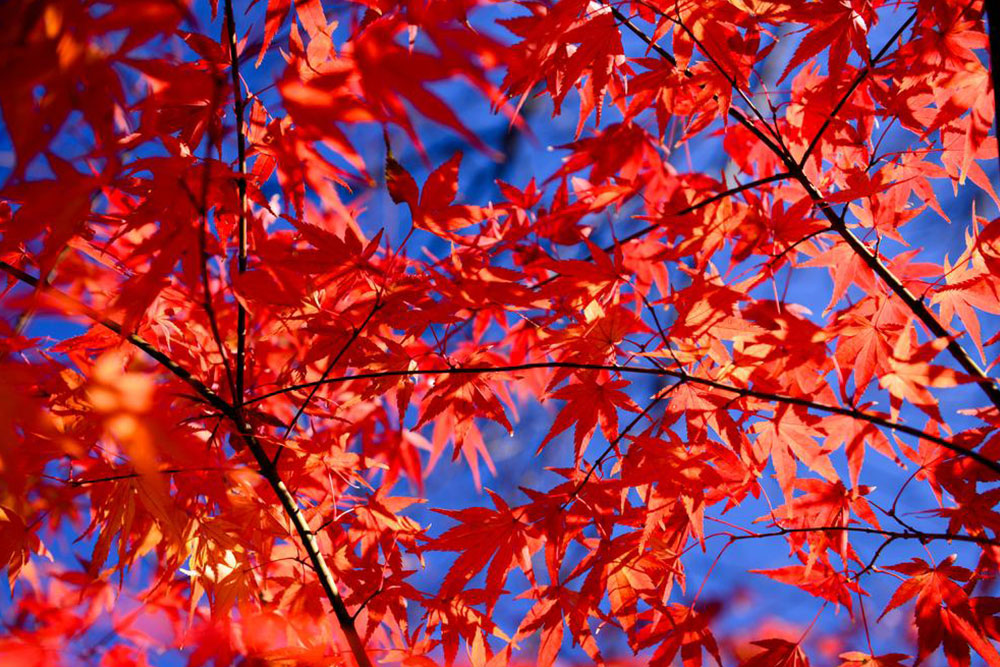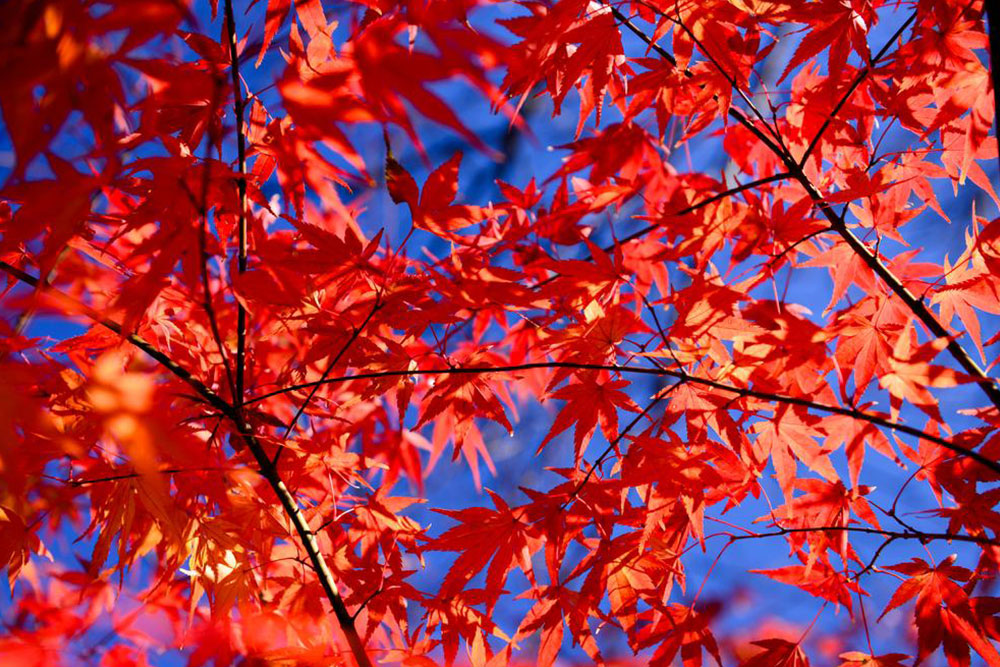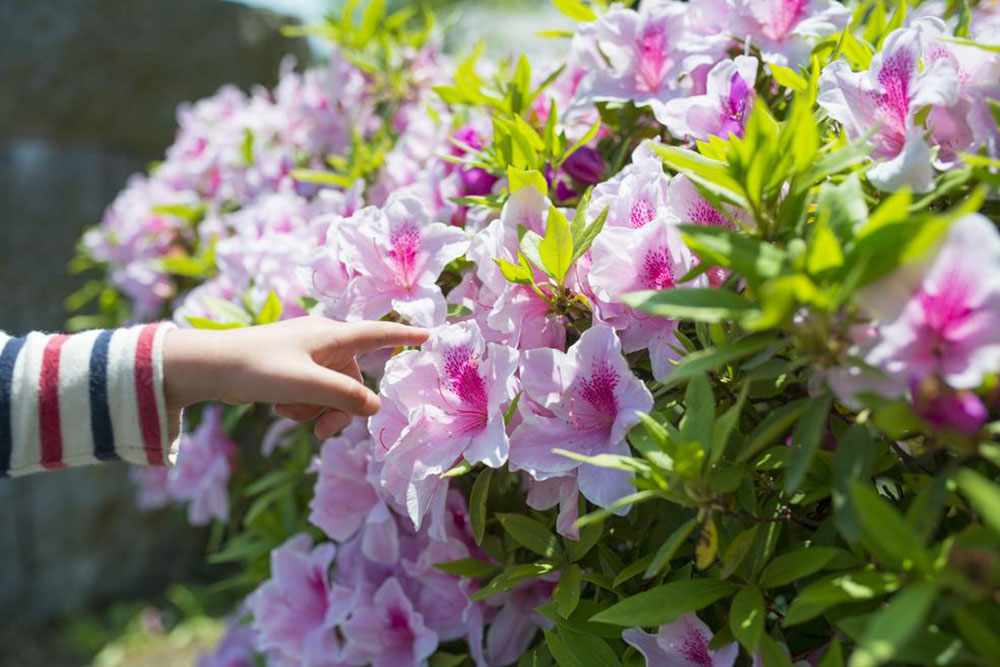Essential Guide to Planting and Maintaining Hydrangea Shrubs
Learn how to successfully plant and care for hydrangeas with this comprehensive guide. Discover soil requirements, proper pruning techniques, watering tips, and winter protection strategies. Enhance your garden's beauty by selecting the right hydrangea varieties and understanding their unique needs. Perfect for both beginners and experienced gardeners, this article provides practical advice to ensure healthy, vibrant hydrangea blooms throughout the season.

Essential Guide to Planting and Maintaining Hydrangea Shrubs
Hydrangeas are colorful flowering bushes available in shades like blue, pink, white, lavender, and rose. They feature multiple flower heads, each composed of numerous smaller blossoms. Known for their decorative appeal, hydrangeas thrive in various soil types and bloom from mid-summer to fall, providing vibrant blossoms when many other plants are not flowering. They can be grown individually or in clusters to enhance garden beauty.
What makes hydrangeas special?
A fascinating aspect is their color-changing ability influenced by soil pH. Acidic soils (pH below 5.5) produce blue blooms, while alkaline soils (pH above 5.5) lead to pink flowers. White hydrangeas remain unaffected by soil pH.
Planting hydrangeas
Space hydrangea bushes 3 to 10 feet apart in fertile, moist soils. Adding compost improves soil quality. Plant in spring or fall by digging a hole, filling it halfway with soil, watering, then adding additional soil to cover the roots completely.
To keep hydrangeas healthy, ensure they are well-watered, especially during dry spells, as dry soil causes wilting. Fertilization isn't always necessary in nutrient-rich soil, but if the soil is sandy or poor, apply fertilizer once annually in late winter or spring. Mulch in fall with pine needles, leaves, or straw, or enclose the plant with protective cages filled with leaves to shield from winter cold.
Pruning your hydrangea
Pruning involves cutting some of the oldest stems to encourage new growth. For older or neglected plants, prune all stems to the ground to rejuvenate. Deadheading removes faded blooms, promoting better flowering. The pruning method varies: Mophead and Lacecap hydrangeas are cut after flowering, while panicle and smooth varieties are pruned in late winter when dormant. Only remove dead branches for best results.
Note:
The information shared here covers practical tips on hydrangea care, based on research and expertise. Readers should consider that individual garden conditions vary, and results may differ. The site isn't responsible for discrepancies or inaccuracies in external data or offers not detailed here.









